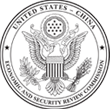Research: Security and Foreign Affairs
Research
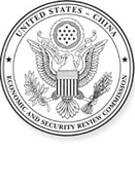
The U.S.-China Economic and Security Review Commission invites submission of proposals to provide a one-time unclassified report on China’s space and counterspace capabilities and activities. Electronic or hard-copy proposals must be submitted by 5:00PM (EST) on February 20, 2019.
Research
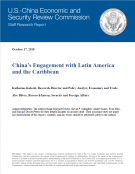
The United States maintains close cultural, economic, and security ties with countries in Latin America and the Caribbean (LAC). While the United States remains the largest economic and security partner in LAC, in the last decade China has rapidly deepened its economic, diplomatic, and military engagement to become the region’s largest creditor and second-largest trading partner. China’s efforts in the region are driven by four key objectives: (1) ensuring its access to the region’s abundant natural resources and consumer markets; (2) gaining LAC support for its foreign policies; (3) shaping LAC perceptions and discourse about China; and (4) gaining geopolitical influence in a region geographically close and historically subject to U.S. influence. Closer ties with China may reduce U.S. influence in the region; they can also reinforce the region’s overreliance on highly cyclical exports and create unsustainable debt burdens for some LAC countries, which China could use for political leverage. This report examines China’s objectives in the region, its economic, diplomatic, and military and security engagement in Latin America and the Caribbean, and the implications of its expanding regional presence and influence for the United States.
Research
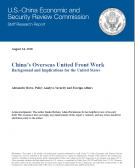
China uses “United Front” work to co-opt and neutralize sources of potential opposition to the policies and authority of its ruling Chinese Communist Party (CCP). The CCP’s United Front Work Department (UFWD)—the agency responsible for coordinating these kinds of influence operations—mostly focuses on the management of potential opposition groups inside China, but it also has an important foreign influence mission. To carry out its influence activities abroad, the UFWD directs “overseas Chinese work,” which seeks to co-opt ethnic Chinese individuals and communities living outside China, while a number of other key affiliated organizations guided by China’s broader United Front strategy conduct influence operations targeting foreign actors and states. Some of these entities have clear connections to the CCP’s United Front strategy, while others’ linkage is less explicit. Today, United Front-related organizations are playing an increasingly important role in China’s broader foreign policy under Chinese President and General Secretary of the CCP Xi Jinping. It is precisely the nature of United Front work to seek influence through connections that are difficult to publically prove and to gain influence that is interwoven with sensitive issues such as ethnic, political, and national identity, making those who seek to identify the negative effects of such influence vulnerable to accusations of prejudice. Because of the complexities of this issue, it is crucial for the U.S. government to better understand Beijing’s United Front strategy, its goals, and the actors responsible for achieving them if it is to formulate an effective and comprehensive response.
Research
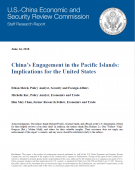
Since President Xi took office in 2013, Beijing has significantly bolstered its involvement in the Pacific Islands region, which comprises three U.S. territories and three countries freely associated with the United States that are important for U.S. defense interests in the Indo-Pacific. Much of China’s engagement in the region has focused on expanding economic ties with the Pacific Islands, but it has also increased its footprint in the diplomatic and security realms. This report examines China’s interests in the region, its comprehensive engagement in the Pacific Islands, and the implications of its expanding presence and influence for the United States.
Research
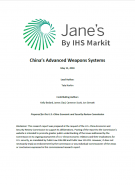
The report examines five categories of China’s advanced weapons systems (counter-space, unmanned systems, maneuverable reentry vehicles, directed energy and electromagnetic railguns) and artificial intelligence applications for national defense. The report also assesses the implications of China’s advanced weapons programs for the United States and its allies and provides recommendations.
